Many children with sensory processing disorders (SPD) and autism have a tendency to chew on any available object like pencils, clothing and even their fingers. Some children have mild chewing needs while others are more serious biters. Parents and caregivers are often perplexed by this tendency. Our occupational therapists are sharing the background to chewing and ways to manage the behavior appropriately.
Why Do Children with Autism and SPD Chew?
The mouth is a powerful regulator. Just as you would give a pacifier to soothe a fussy infant, children with SPD might use a chewy as a coping mechanism to handle overwhelming sensations and ease emotional tension. Chewing can also enhance concentration and focus. Mouthing may help kids maintain attention, especially when in an environment with many competing stimuli.
What Are Some of the Benefits of Chewing?
Along with the effects mentioned above, there are more clear benefits of chewing. Let's take a look at some of the benefits of using a chewy.
1. Therapeutic Use
Chewing can aid in oral motor development, especially for those with low tone. A speech therapist may introduce a chewy to help strengthen the muscles around the jaw for better speech development. An occupational therapist might use chewies to introduce different textures. Some popular ones include the Chew Stixx Tough Bar and the Chew Pencil Jaws. Our Vibra Chew is a sturdy chewy with 2 modes of vibration that can be used to stimulate oral muscles or decrease sensitivity around the mouth.
2. Improve Focus
Chewing can help some individuals concentrate and focus. It may be distracting for others around you, so pick a chewy that is quiet. Wearable chews are perfect for taking with you so that it is easily accessible whenever you need a boost of input.
3. Sensory Filter
The rhythmic motion of chewing can provide a calming effect for the sensory system and acts as a sensory filter. Similar to a fidget, the repetitive motion of chewing can help reduce hyperactivity and supports self-regulation. This allows children to better navigate various environments.
Choosing the Right Chewy
When choosing a chewy you’ll need to consider your child’s preferences for texture, resistance and style, as well as the context of their chewing. For a child who chews their fingers a Chewy Glove may be in order, while Chewy Wristbands can satisfy someone who often chews their sleeves. Teachers will benefit from keeping Pencil Topper Chews handy to give students who gnaw on their pencils during class.
Mild chewers can safely use a low resistance chewy, like the CheweLs. However, a tough chewer needs something stronger and more firm. The Rock Chewy is a great option, and even has a smooth side and a bumpy side for different textural experiences. Your child can also reflect their personal style with chewelry, such as our range of chewable bracelets and necklaces.
Options for Chewing
There are many ways to get the input needed from chewing. It depends on your child’s preference and the environment which they are in. Work with your child and his teachers/caregivers to problem solve appropriate options for kids who crave this input.
1. Chewelry
Introduce chewable jewelry, such as necklaces or bracelets designed for oral stimulation. These items are discreet, safe and fulfill the need to chew without drawing unwanted attention.
2. Chewing Gum
For older children, chewing gum can be a suitable strategy to use. Ensure it is age-appropriate and doesn't pose a choking hazard. Chewing gum discreetly accommodates the need to chew in social settings.
3. Crunchy Snacks
Crunchy snacks, like carrots, celery or pretzels, can mimic the oral stimulation provided by chewing. Always consider individual preferences and dietary restrictions when offering a snack as a safe chewing alternative.

4. Chewable Pencils or Pencil Toppers
For children who are in school, providing chewable alternatives to pencils with pencil toppers can redirect the need to chew towards more socially acceptable outlets while ensuring that students don’t chew through their pens and pencils.
5. Chewable Fabric
Some children enjoy the texture of their clothing leading to holes in collars and sleeves. Fabric items such as wristbands or bite bands meant for chewing can replace the tendency to chew on clothing.
6. Chewable Tools
There are a variety of therapeutic tools made from safe and durable materials. Similar to teethers, textured chew sticks and chewable fidgets can be a way to provide oral input for kids who seek it.
7. Vibrating Chew Tools
There are a range of chew tools that are designed for children who need the extra vibratory stimulation to “wake up” their oral muscles. These tools are usually recommended by an occupational therapist or speech and language pathologist who specialize in oral-motor function and feeding. Vibration can be intense and can be noxious to children if over-done, so be mindful of how much you use it.
Support Strategies for Chewers
Though the heavy jaw work of chewing may help to relieve stress and calm, it can also be intrusive and even damaging at times. It is important to recognize when chewing is appropriate and when you need to help your child replace it with a different form of sensory input. Here are some strategies to try.
1. Replace with heavy work
Chewing is heavy work for the jaw so sometimes it can be replaced with a different form of heavy work. Jump on a Bounce Board, roll a Pressure Foam Roller back and forth across a surface, or help with household chores to minimize the need to chew.
2. Go to a calming environment
A relaxing environment, such as a calming corner, can greatly reduce stress and anxiety. Once the child’s sensory system is more regulated, they may not need to chew.
3. Add deep pressure
Compression garments or weighted vests give input that is similar to heavy work. Deep pressure is often calming and organizing, and can dampen or replace the need to chew.
Healthy and safe sources of oral sensory input can be extremely beneficial for kids. Make sure to regularly check chewies for signs of wear and tear before use. All of our chewies undergo rigorous safety testing for durability to ensure safe chewing for your child.
Find the perfect chewy for your child in our wide range of sensory chews.

















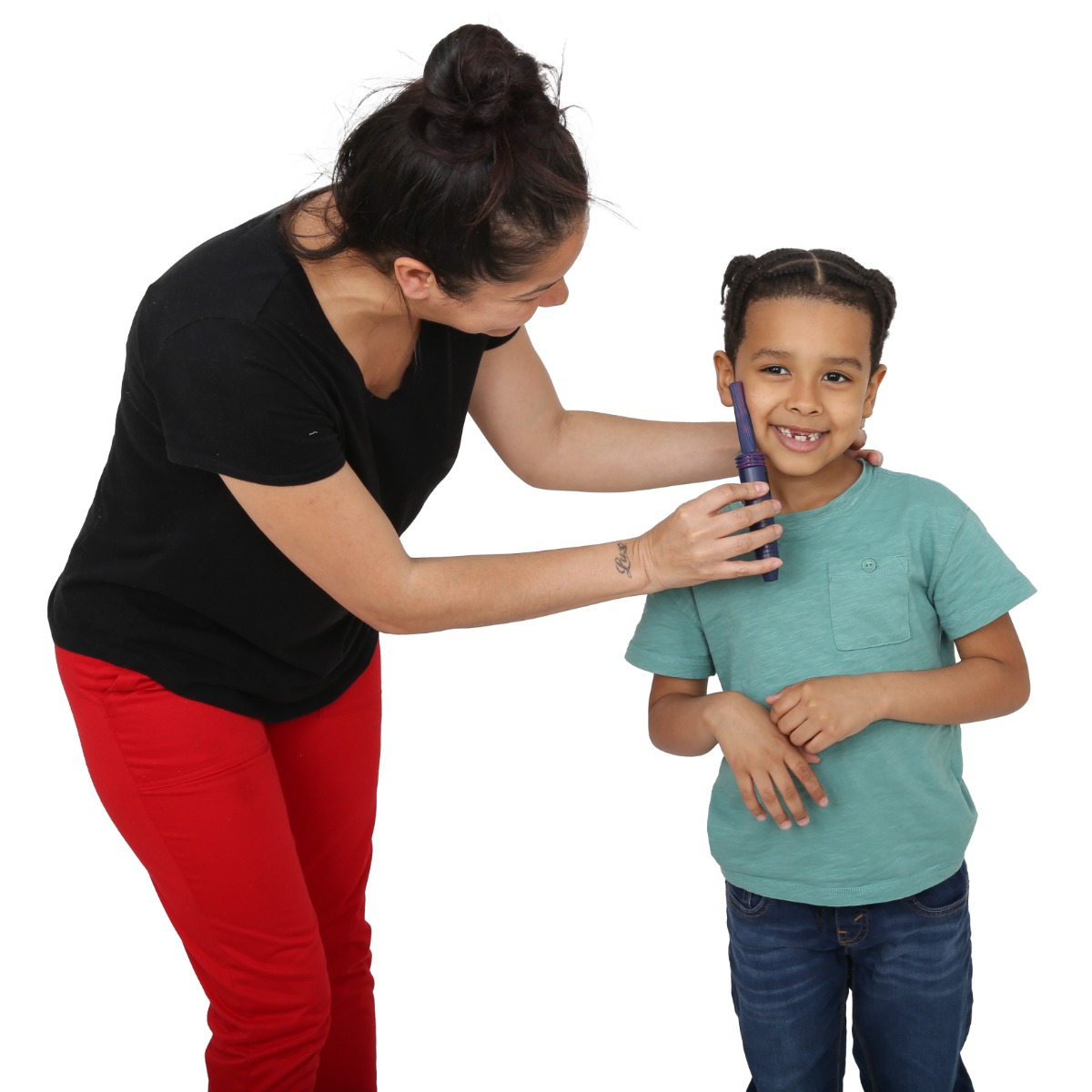
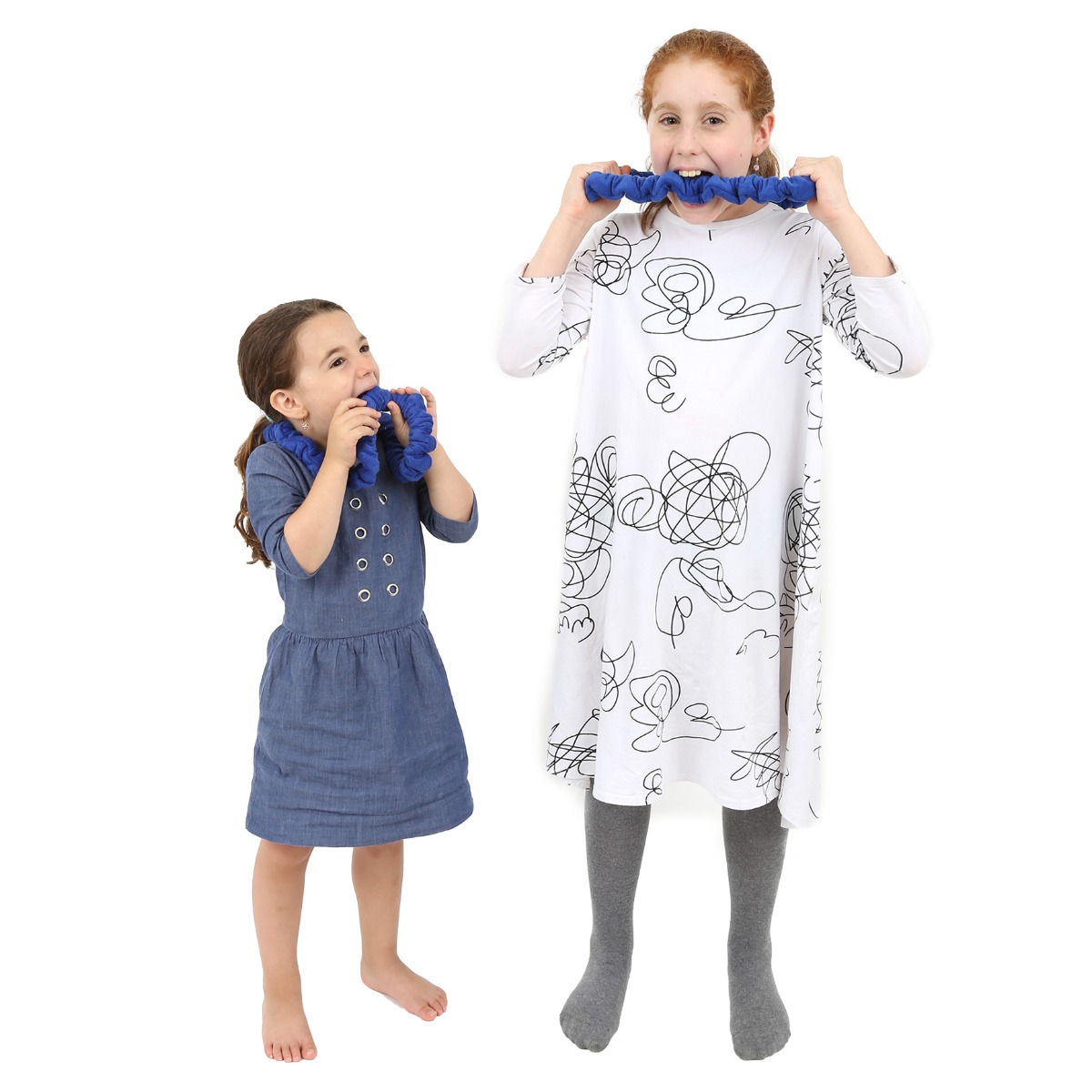
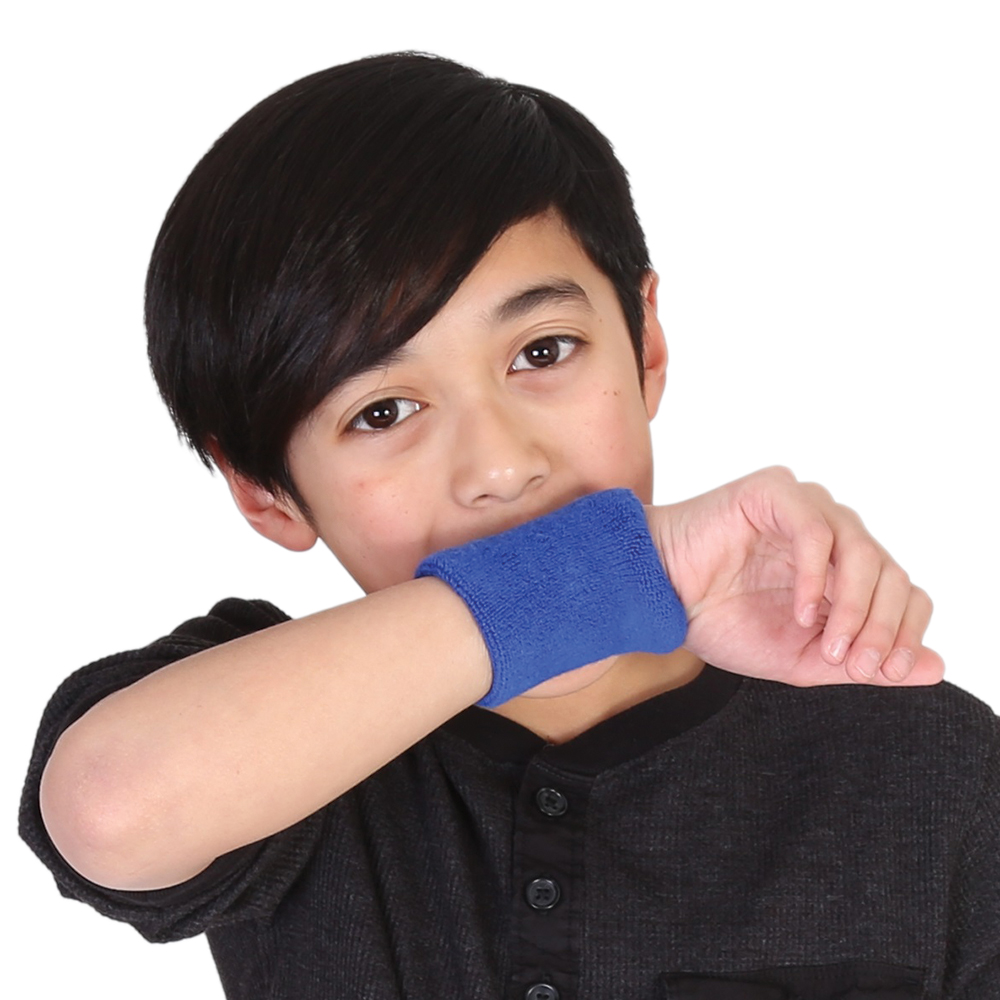
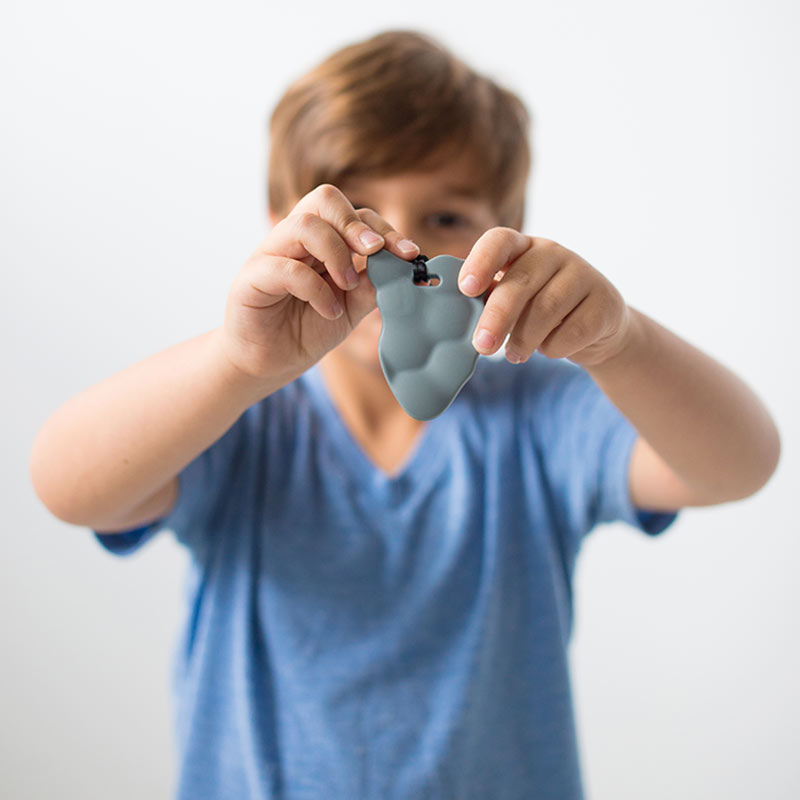

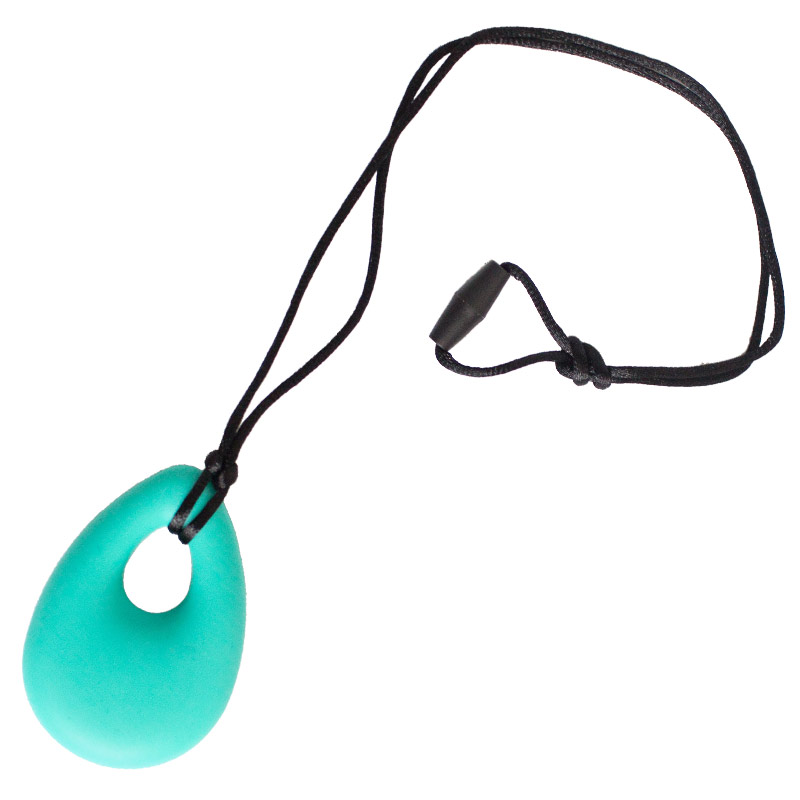
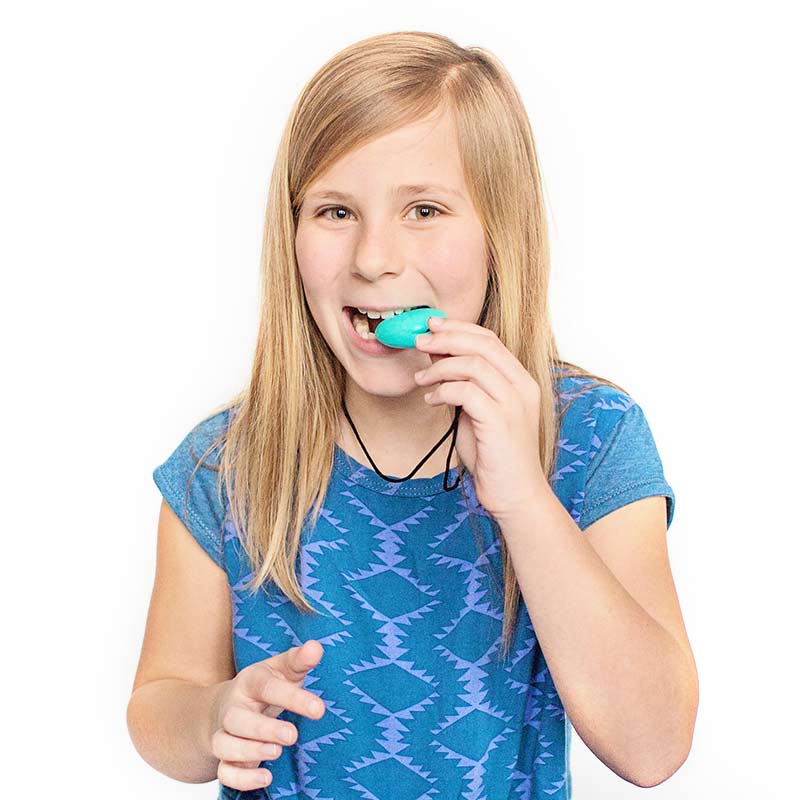


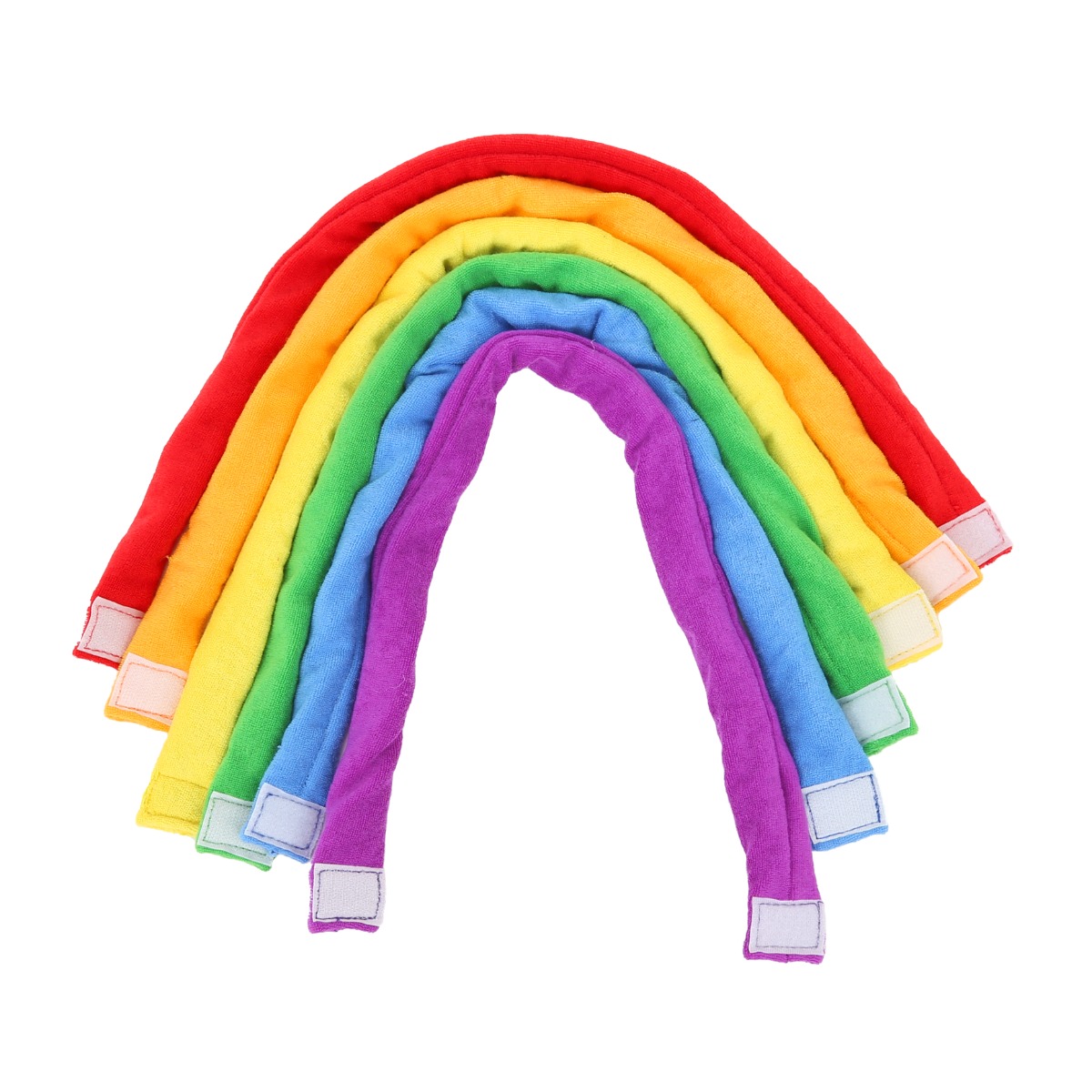
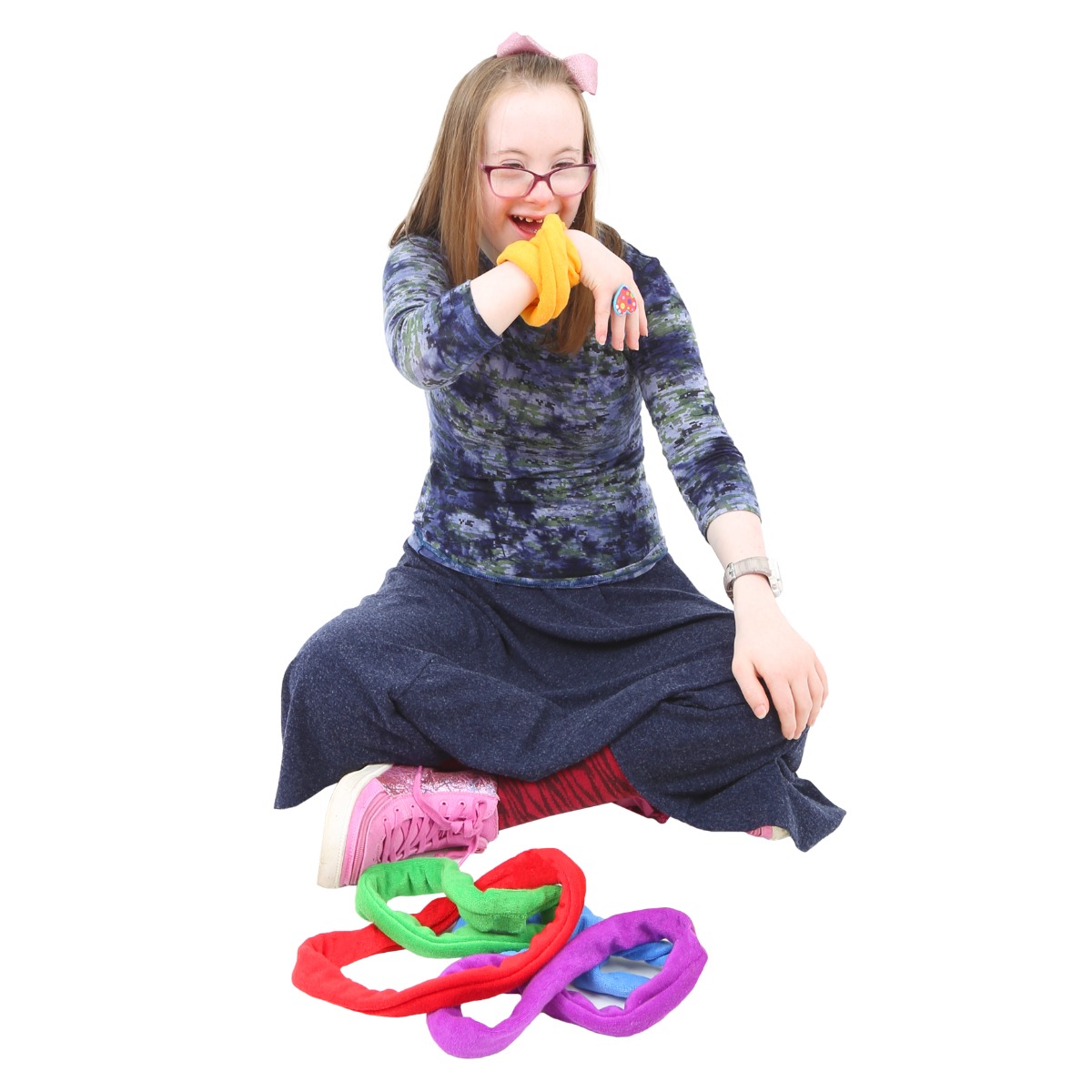
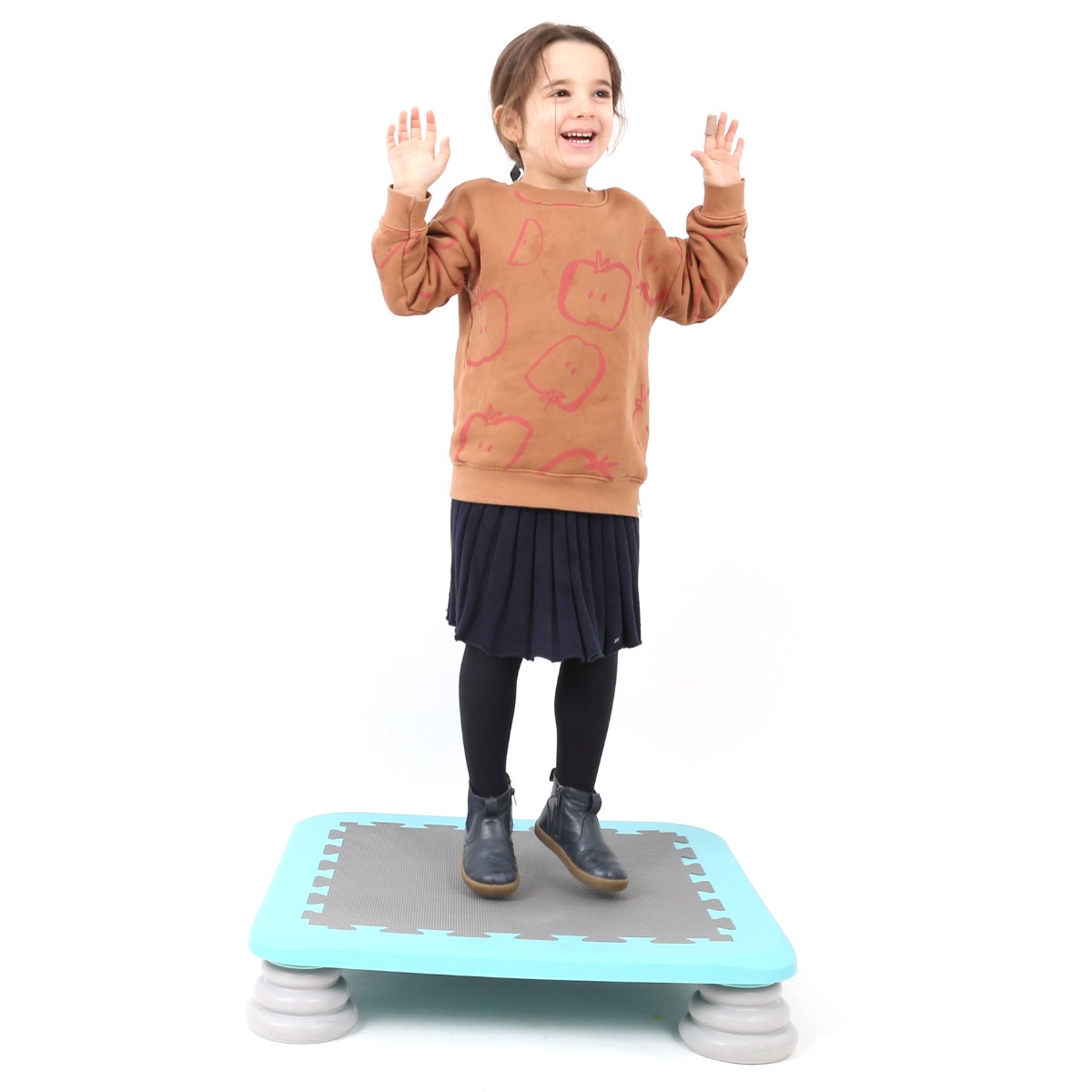
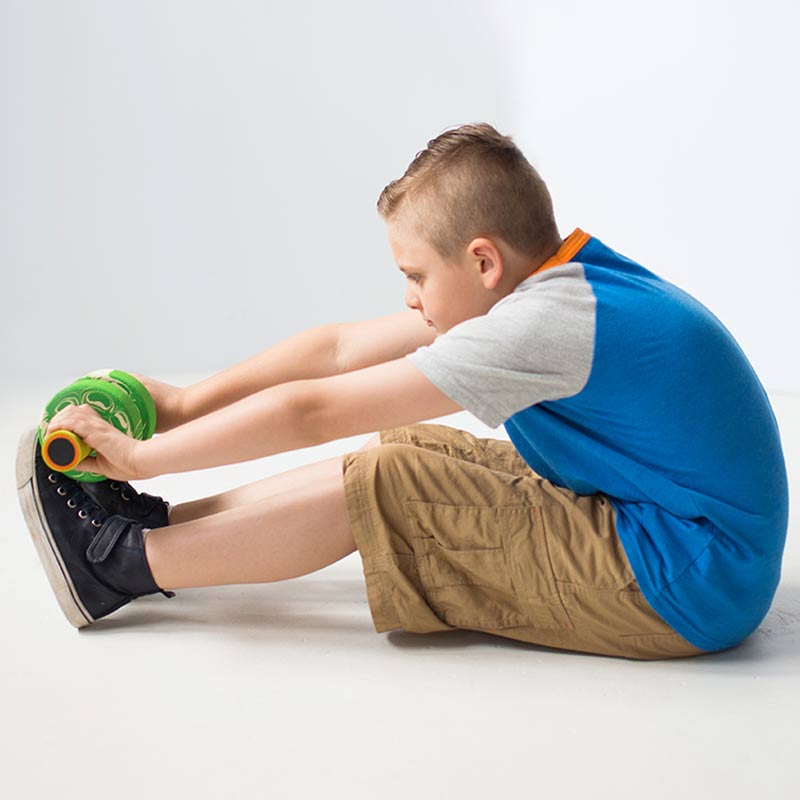
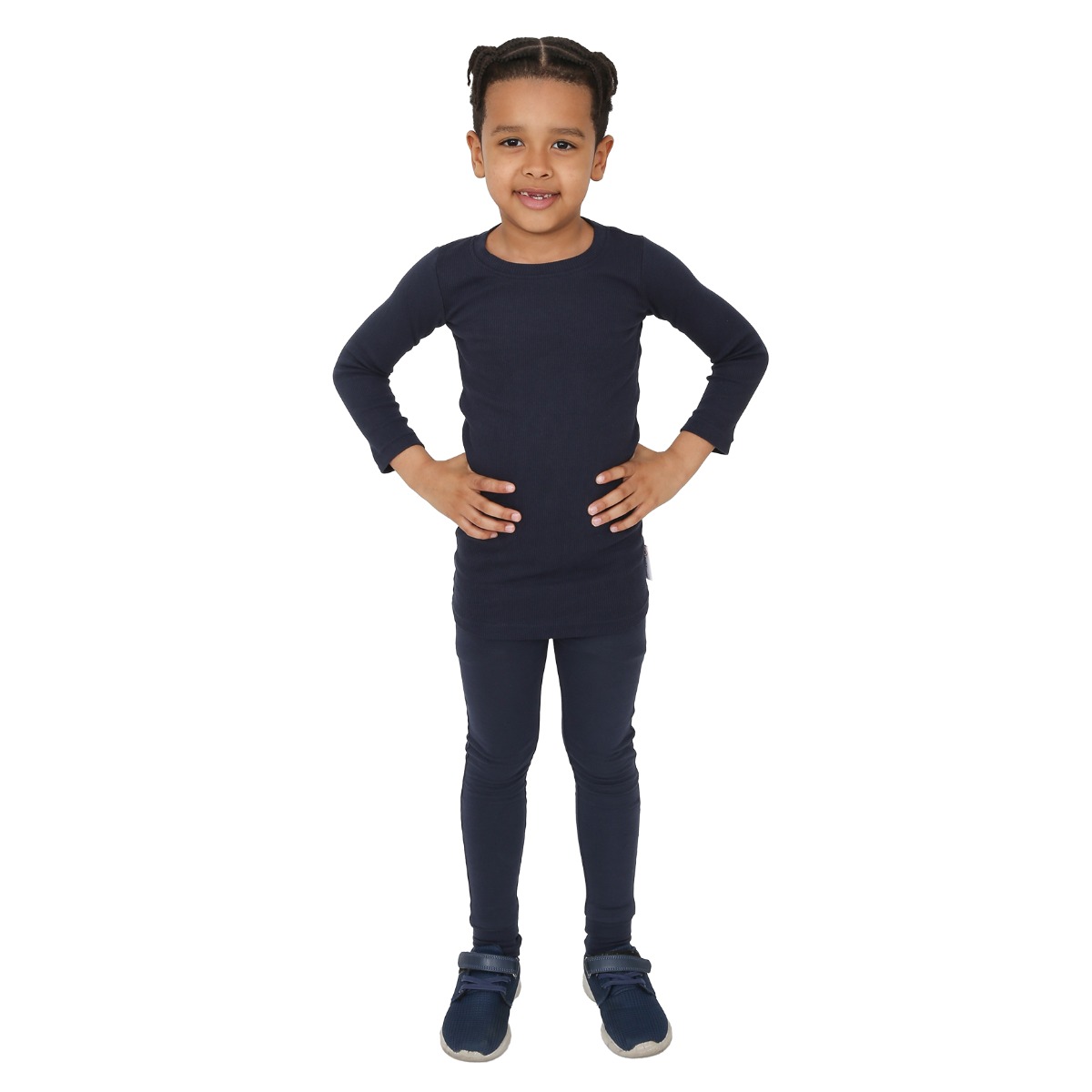






Comments